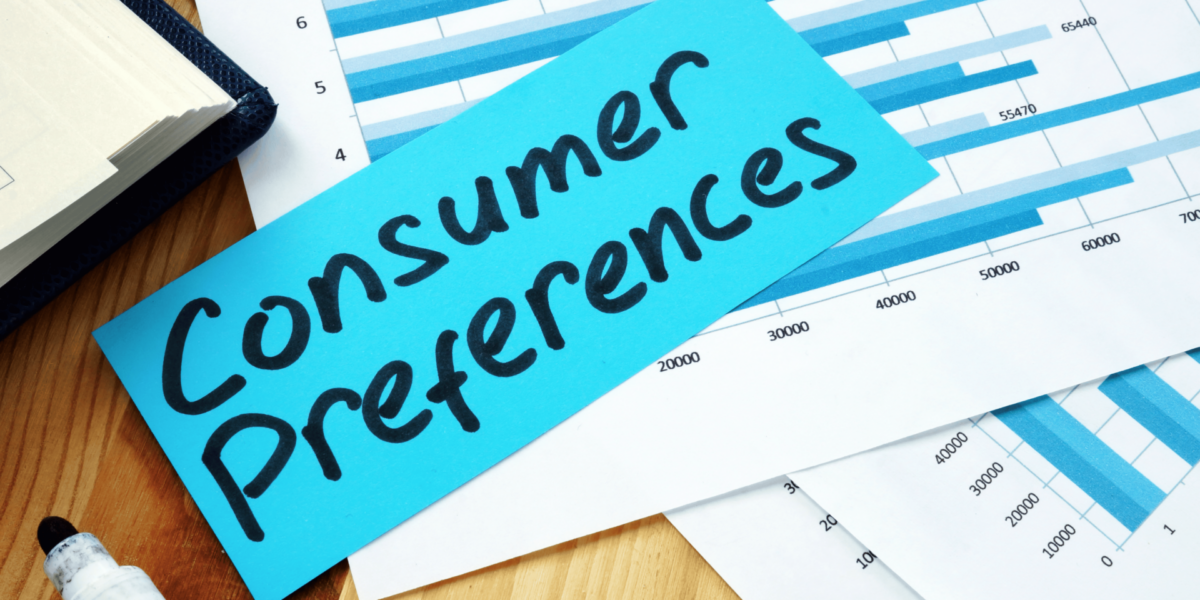Digital Environments Influence User Choices
In today’s digital world, user preference is shaped by more than product features. The layout of websites, the structure of menus, and the order of options all affect decision-making. These design elements guide users toward certain choices, even when they believe they are deciding freely.
Familiarity Increases Likability
Repeated exposure builds trust. Users are more likely to choose brands or content they recognize. This preference forms over time as users scroll through platforms, interact with content, and see the same names in their feeds. Familiarity reduces hesitation and creates a sense of safety.
Immediate Feedback Reinforces Behavior
Digital platforms use likes, comments, and visual cues to give instant feedback. This feedback loop encourages repeated behavior. When users receive quick responses, they feel validated, which strengthens their preference for specific apps, content types, or brands.
Perceived Control Affects Satisfaction
Users prefer systems that feel responsive. Digital experiences that offer choice—such as customizable settings or content filters—give users a stronger sense of control. This feeling increases satisfaction and makes users more likely to return.
Social Comparison Guides Preference Formation
People watch what others choose. Online reviews, ratings, and visible engagement influence what users see as popular or trustworthy. This dynamic affects how new preferences form and how often users return to specific digital spaces.
Cognitive Load Impacts Decision Quality
Too many choices can overwhelm users. When platforms simplify interfaces and limit options, users make quicker, more confident decisions. This simplicity leads to more favorable views of the brand or service.
Personalization Builds Emotional Connection
Tailored content and recommendations make users feel understood. This personalization creates a stronger bond with digital products. When users feel seen, they develop deeper loyalty and stronger preferences.
Anticipation Shapes User Loyalty
When users expect consistent experiences, they develop stronger preferences. Predictable quality, reliable performance, and consistent messaging make digital interactions feel stable. This reliability encourages repeated use.
Trust Signals Reinforce Digital Preference
Verified accounts, security badges, and clear policies build trust. These elements help users feel secure and confident in their choices. Brands that highlight trust signals influence long-term digital loyalty.
Digital Behavior Builds Lasting Preference
In the digital age, preference grows from a mix of design, feedback, and trust. Platforms that understand user psychology create experiences that feel intuitive and rewarding. By meeting users’ emotional and cognitive needs, brands shape preferences that last.



